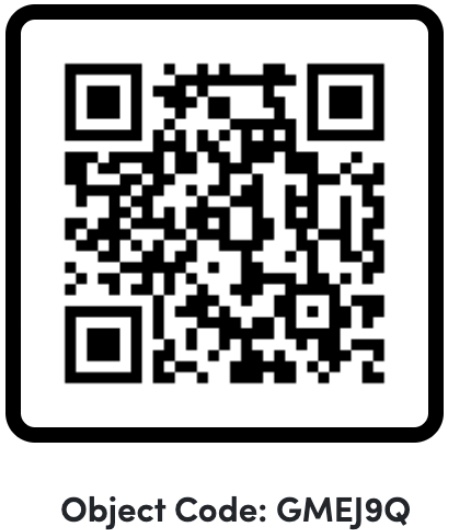I. The DNA PolymerIn the left frame is a short stretch of a single strand of DNA. DNA is a polymer of linked deoxyribonucleotides. Here the atoms are colored according to the standard CPK coloring scheme (C, N, O, P). For simplicity, hydrogen atoms are not shown. In the tetrameric example shown, each of the four deoxyribonucleotide building blocks (dA, dT, dC, dG) is represented. As shown here for dC, each deoxyribonucleotide in the chain comprises a nitrogenous base, a deoxyribose sugar, and a phosphate group (phosphorus plus oxygens). The carbons of the sugar are numbered 1'-5' as indicated. The nitrogenous base is linked to the sugar by a glycosidic bond between a nitrogen and the 1' carbon of the deoxyribose sugar. The 5' carbon of each sugar is linked to a phosphorus through an oxygen (ester bond). The phosphorus is in turn linked to the 3' oxygen of the next nucleotide in the chain. The connection between nucleotides in a DNA strand is thus referred to as a phosphodiester linkage. The molecule can be viewed as a series of nitrogenous bases (CPK coloration) connected through a sugar-phosphate backbone.
return to beginning of the exhibit II. The B-DNA Double Helix
DNA in the cell functions as a double-stranded helix of B-form DNA, the structure of which was first determined by Watson and Crick. Here the two strands are differentially colored to illustrate the right handed B-form helix clearly. The polar sugar-phosphate backbones of each strand form the helical scaffold, with the nitrogenous bases in the interior of the molecule, their planes nearly perpendicular to the helical axis. Each base forms hydrogen bonds (indicated by dashed lines) with a base from the opposite strand. The polarity of the backbones is antiparallel, with one strand running 3' ---> 5' and the other 5' --->3'. This can readily be seen by observing the reversed orientations of the ribose sugars on opposite strands. The diameter of the B-DNA is ~20 Angstroms, and the distance between base pairs is ~3.4 Angstroms. The base pairing of opposite strands is stereochemically selective, Adenine always pairing with Thymine, and Guanine with Cytosine. Two and three hydrogen bonds are formed in A-T and G-C base pairs, respectively. The attachment of bases to the backbone sugars through glycosidic bonds is asymmetrical. This results in the formation of two different grooves on opposite sides of the base pairs, the major and minor grooves. Although the grooves are of similar depth in B-DNA, the major groove is considerably wider than the minor groove, the distance between the sugar-phosphate backbones being much greater in the former. The edges of the base pairs present a more complex stereochemical environment in the major groove than in the minor groove. As can be observed in the T-A base pair shown, the major groove edge contains a methyl group (CH3), a hydrogen bond acceptor (HA), a hydrogen bond donor (HD), and a second hydrogen bond acceptor (HA) [for simplicity, hydrogens are not shown]. The minor groove edge, in contrast, presents only a HA, a hydrogen (H), and a second HA. Whereas a switch to an A-T base pair would present a reversed edge chemistry in the major groove (HA-HD-HA-CH3), the edge in the minor groove (HA-H-HA) would remain essentially the same as in a T-A pair (HA-H-HA). Similar considerations apply to C-G and G-C base pairs. Since many proteins that bind DNA recognize specific sequences of bases, it is not surprising that most bind to the floor of the major groove, as this provides more chemical information for recognition than the minor groove. The major and minor grooves lie 180o opposite each other in the double helix, spiraling along the axis of the molecule. A view of DNA's molecular surface clearly illustrates the similar depth and different widths of the major and minor grooves. A-T and G-C base pairing results in strand complementarity, with one strand of the double helix forming a sequence of bases complementary in hydrogen bonding to that of the other strand. As noted by Watson and Crick in their 1953 paper describing the first model of the DNA double helix, base complementarity provides a means by which the genetic material can replicate with fidelity. Each strand of a parent double helix serves as a template upon which complementary strands are built, producing two daughter molecules identical to the parent, with one strand of each daughter helix conserved from the parent molecule. This semi-conservative mode of replication is here illustrated schematically for 1 strand of DNA. The B-DNA helix is one of three major conformations for double helical DNA. The other conformers are A- and Z-DNA. For a brief discussion of DNA conformers, see the DNA Conformers exhibit.
return to beginning of exhibit |
